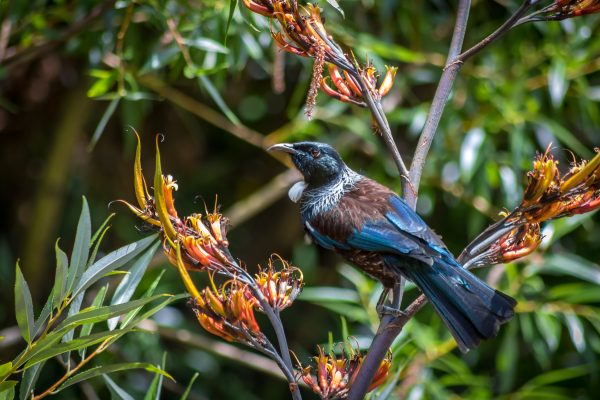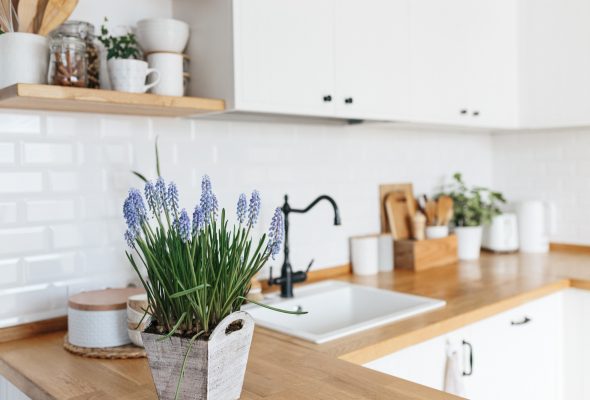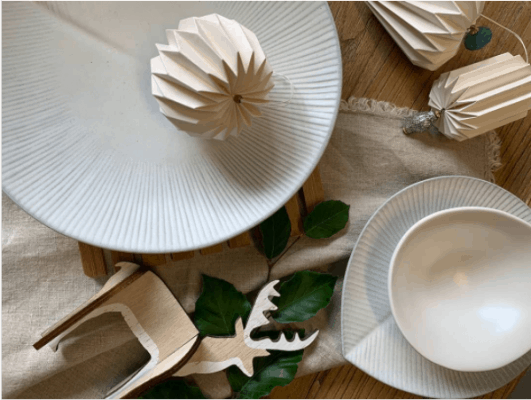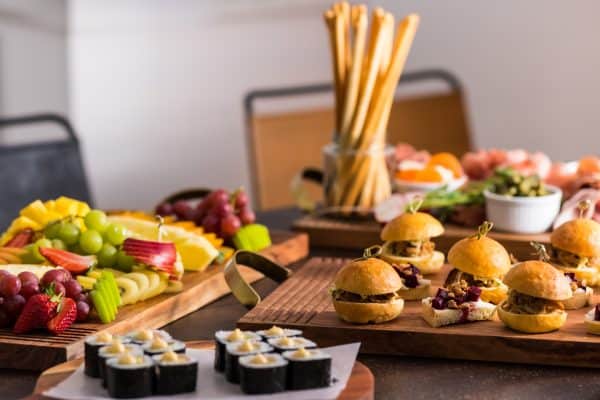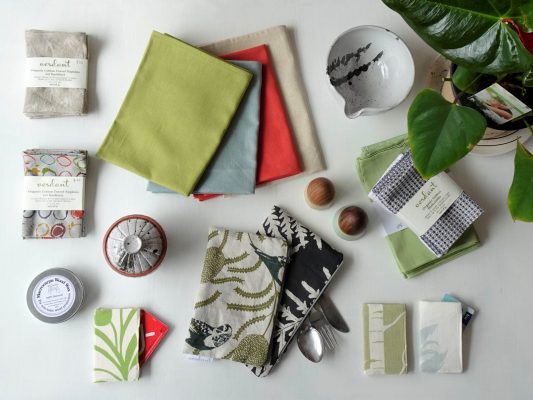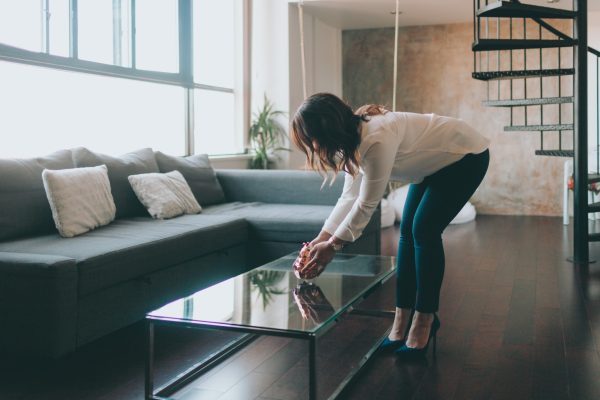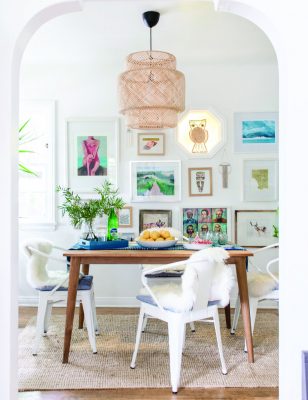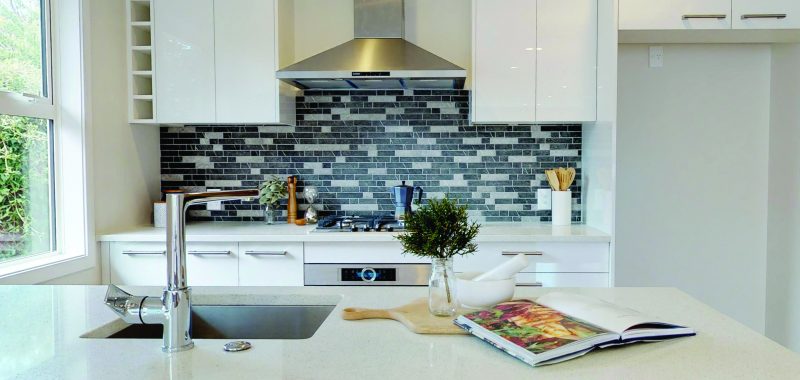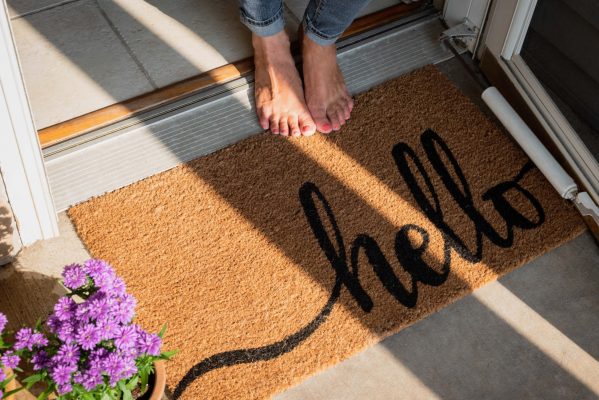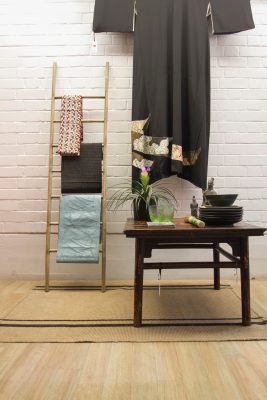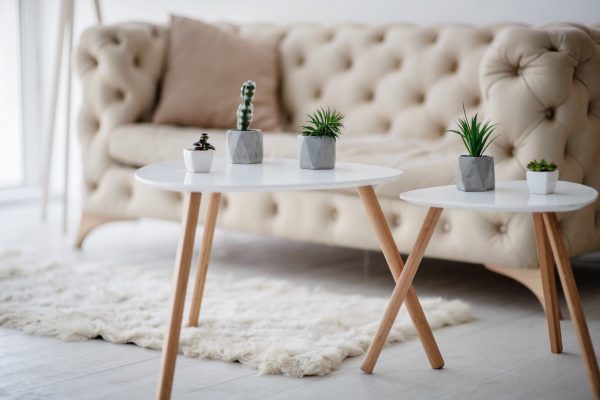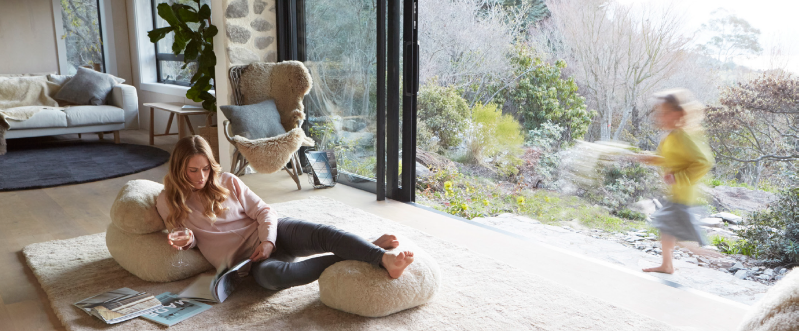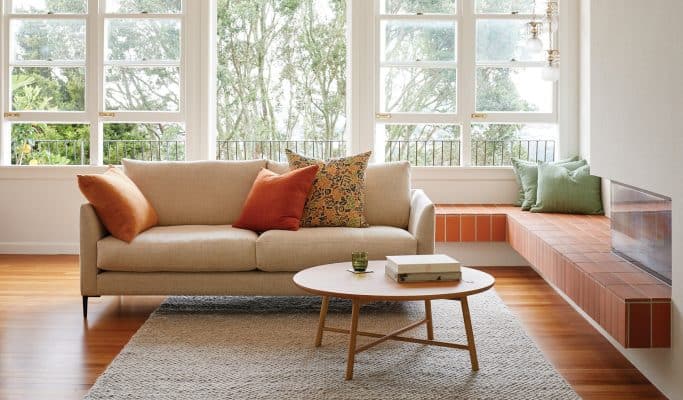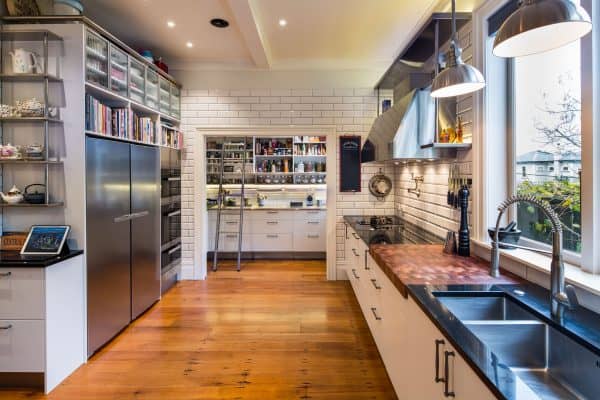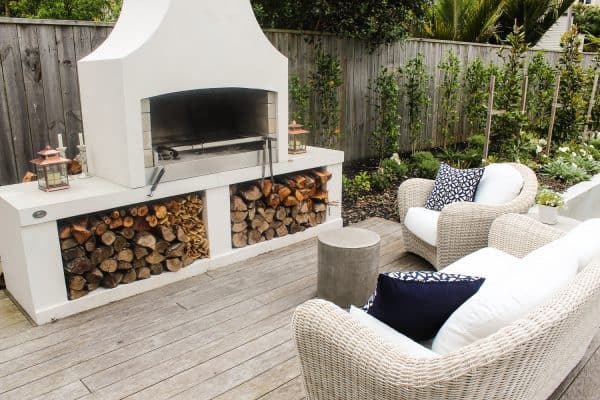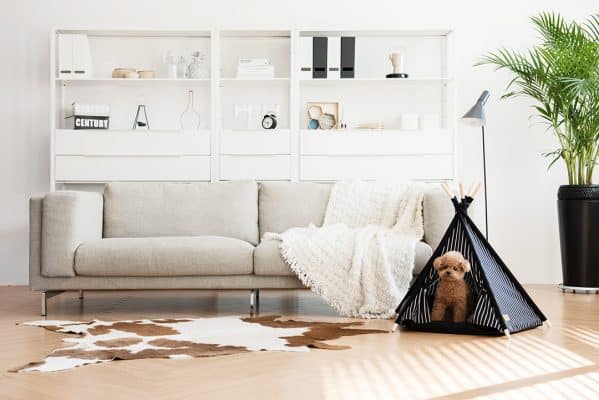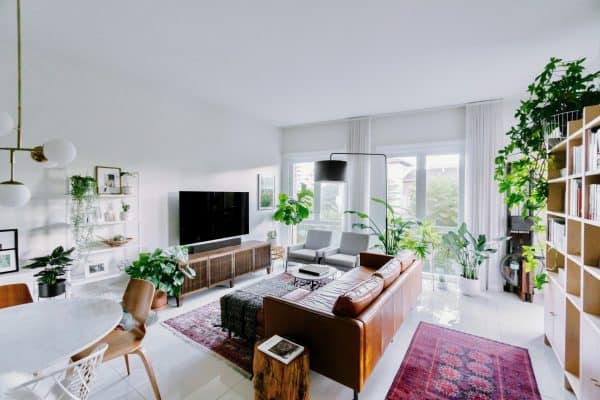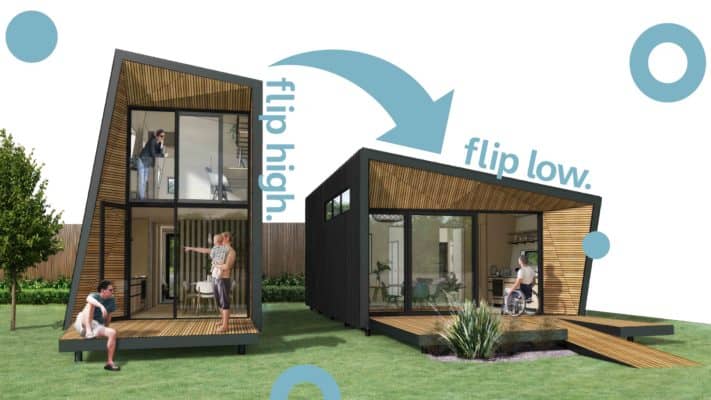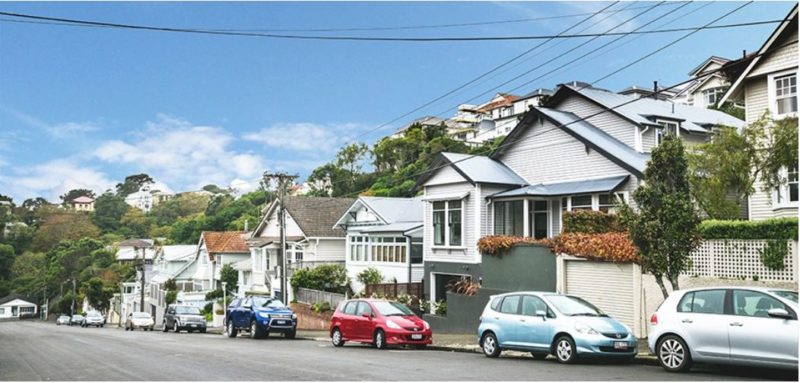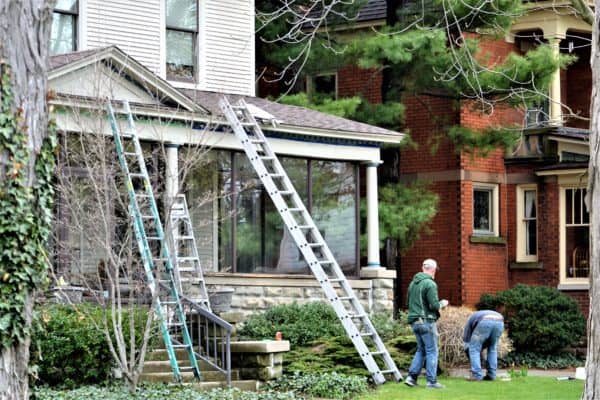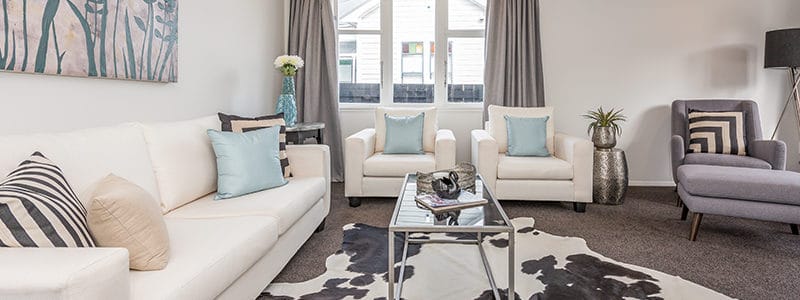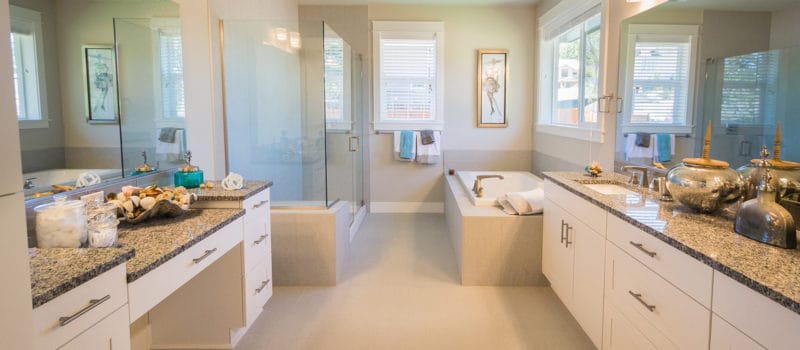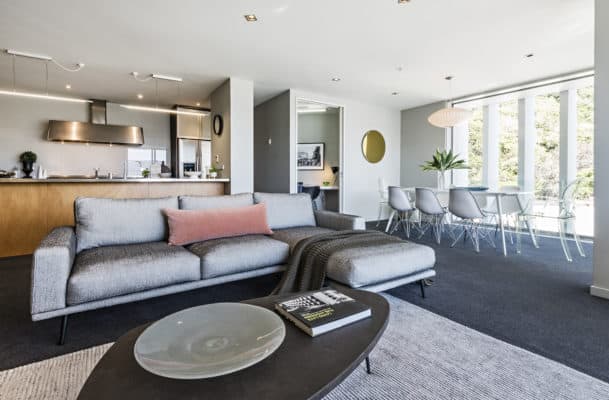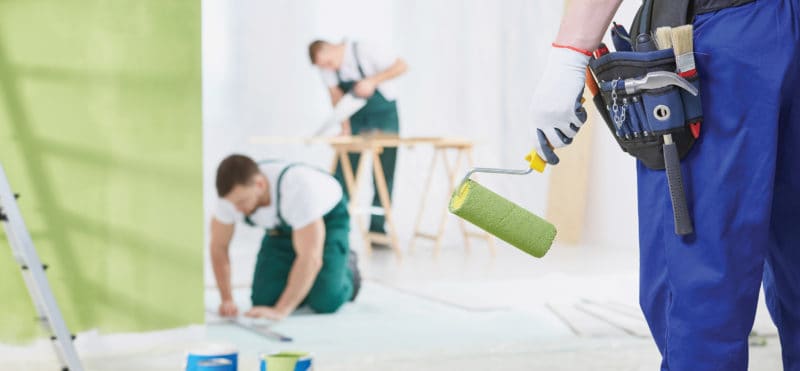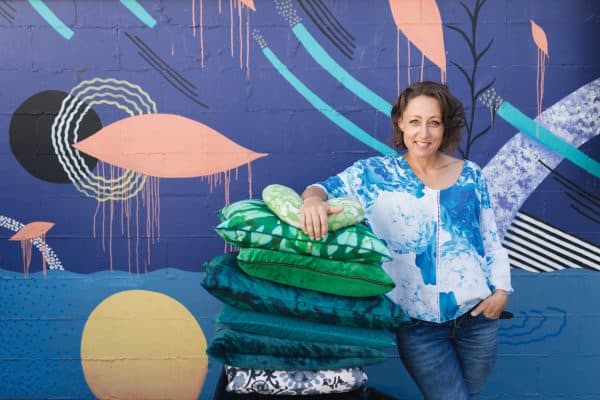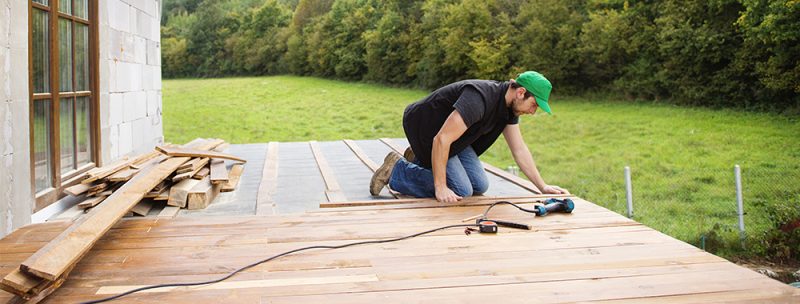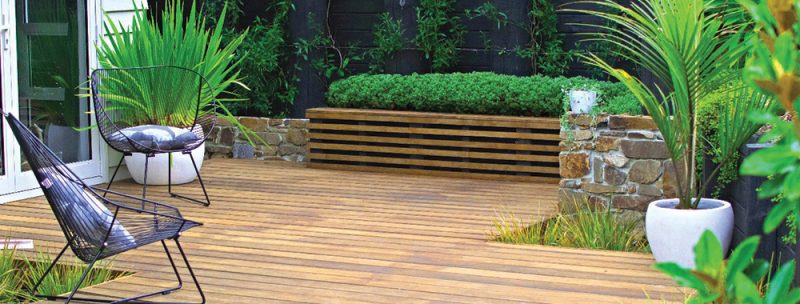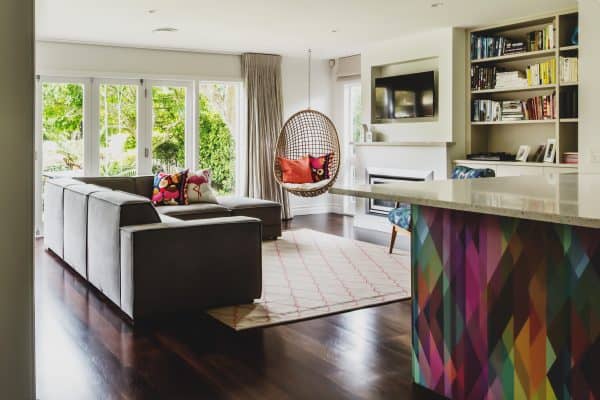Choose natural fibres
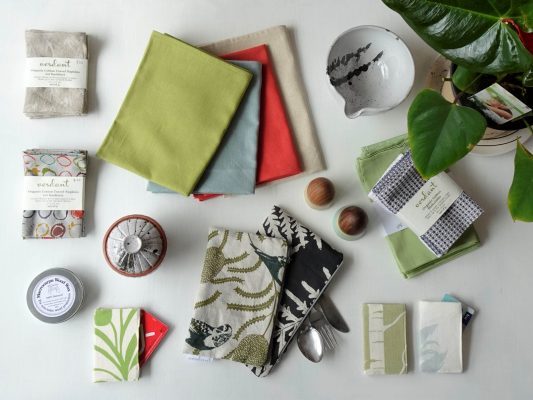 Natural fibres are a truly sustainable option when it comes to fabrics. Linen, hemp, wool and cotton come from easily renewable resources. These take only months to grow (or a year in the case of wool). Synthetic fibres such as polyester, acrylic and nylon have been derived from crude oil and coal that has taken millions of years to be formed.
When it comes to cotton ensure you choose organically grown.
Conventional cotton uses huge amounts of insecticides, synthetic fertilisers, and water. A much better alternative is to use organic cotton, which is mostly grown with rain-fed cotton. Organic fibres are grown in the same way as organic food, through practices such as companion planting and growing healthy soil.
Verdant uses natural fibres wherever possible. These include NZ designed and printed linens, NZ grew and woven wools and Australasian printed hemp & organic cotton.
Natural fibres are a truly sustainable option when it comes to fabrics. Linen, hemp, wool and cotton come from easily renewable resources. These take only months to grow (or a year in the case of wool). Synthetic fibres such as polyester, acrylic and nylon have been derived from crude oil and coal that has taken millions of years to be formed.
When it comes to cotton ensure you choose organically grown.
Conventional cotton uses huge amounts of insecticides, synthetic fertilisers, and water. A much better alternative is to use organic cotton, which is mostly grown with rain-fed cotton. Organic fibres are grown in the same way as organic food, through practices such as companion planting and growing healthy soil.
Verdant uses natural fibres wherever possible. These include NZ designed and printed linens, NZ grew and woven wools and Australasian printed hemp & organic cotton.
Fit your curtains and blinds correctly
The best insulation for curtains is achieved by having them touch the floor. Fit them close to the window and ideally, make them go to the ceiling or under a pelmet. This is because warm air rises up under short curtains and goes out the window. Cold air from outside then drops and moves in under those short curtains. Curtains are more insulating than blinds, yet not always practical. Blinds should fit close to the window and sit on the sill if possible. Linings are best attached to a curtain rather than a separate track. This creates a pocket to trap warm air, a bit like double glazing. Verdant regularly uses a three-layer system of fabric and linings to help insulate your windows. They can also establish the best fit when measuring onsite.Use good quality, washable curtain lining
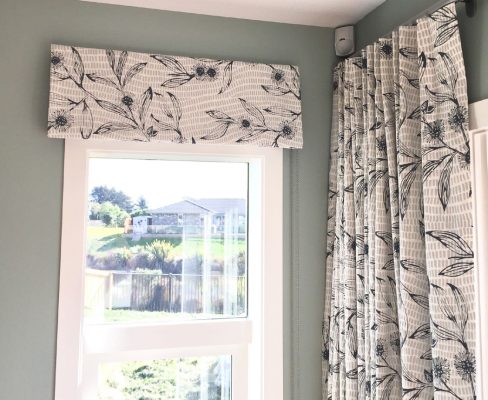 There are many different curtains linings on the market, but not all are created equal. At Verdant, they like to use ones that are easy care and washable. Standard ‘Thermal’ linings are not always the best option for curtains. They often grow mould and mildew; they can smell of chemicals and cannot be easily washed.
Verdant has a selection of linings such as a woven dimout, perfect for bedrooms with streetlights outside, for a baby’s room for a during-the-day sleep, or if you just want to sleep-in.
For the most sustainable and easy-on-the-planet option, Verdant recommends their hemp twill. A lovely thick fabric which is often used for upholstery. Hemp is UV resistant, so will not break down in the sunlight, and is also mould & mildew resistant. Best of all, the hemp lining is bio-degradable and compostable at the end of its life.
There are many different curtains linings on the market, but not all are created equal. At Verdant, they like to use ones that are easy care and washable. Standard ‘Thermal’ linings are not always the best option for curtains. They often grow mould and mildew; they can smell of chemicals and cannot be easily washed.
Verdant has a selection of linings such as a woven dimout, perfect for bedrooms with streetlights outside, for a baby’s room for a during-the-day sleep, or if you just want to sleep-in.
For the most sustainable and easy-on-the-planet option, Verdant recommends their hemp twill. A lovely thick fabric which is often used for upholstery. Hemp is UV resistant, so will not break down in the sunlight, and is also mould & mildew resistant. Best of all, the hemp lining is bio-degradable and compostable at the end of its life.
Buy once, buy well
When it comes to buying furniture, make sure you choose well-made, solid timber pieces that will last a lifetime. There is a significant amount of cheaply made furniture out there. Often it cannot be repaired and so will inevitably end up in a landfill. Choose pieces that can be repaired and easily recovered over time. Verdant works alongside their upholsterer who has a range of genuine mid-century and retro furniture. Pieces that were crafted well when they were first produced. They regularly recover these and client’s pieces using New Zealand grew and woven wool, or a good quality European linen. Not only is wool a renewable resource, but it is also very hard-wearing. For more tips and a chat about sustainability in your home, you can visit: Verdant Living and South Coast Collective at 93a Aro St, Aro Valley, Wellington Or check out their websiteConnect me with a local expert
Whether you’re ready to sell or looking for answers, we’ll guide you with data-driven strategy paired with over 20 years of industry experience
Book a free appraisal


